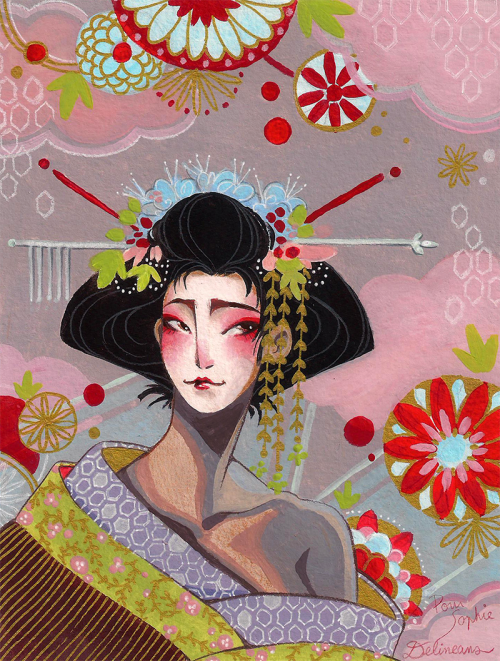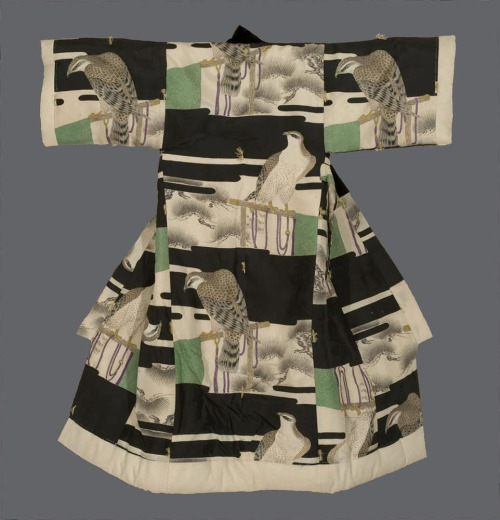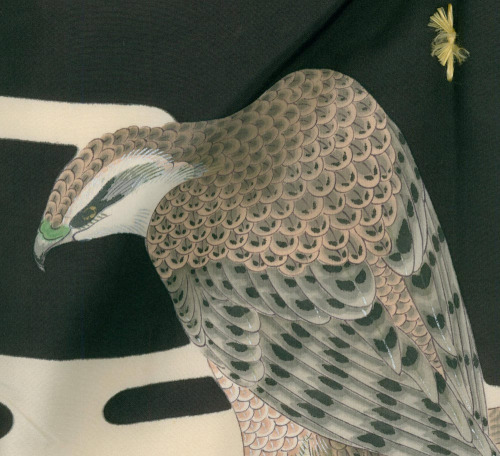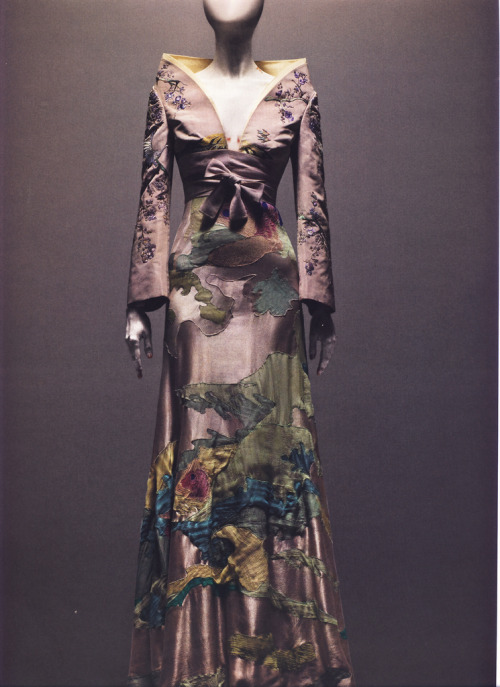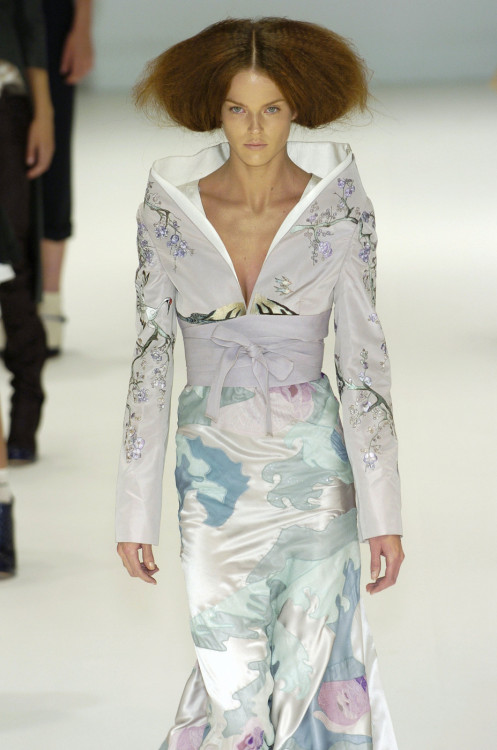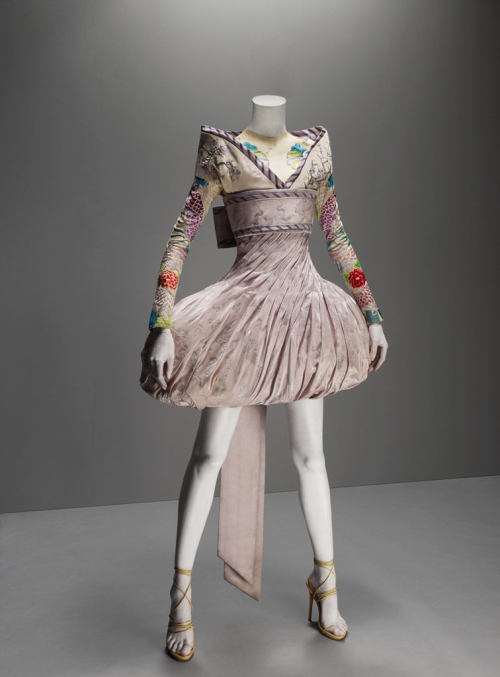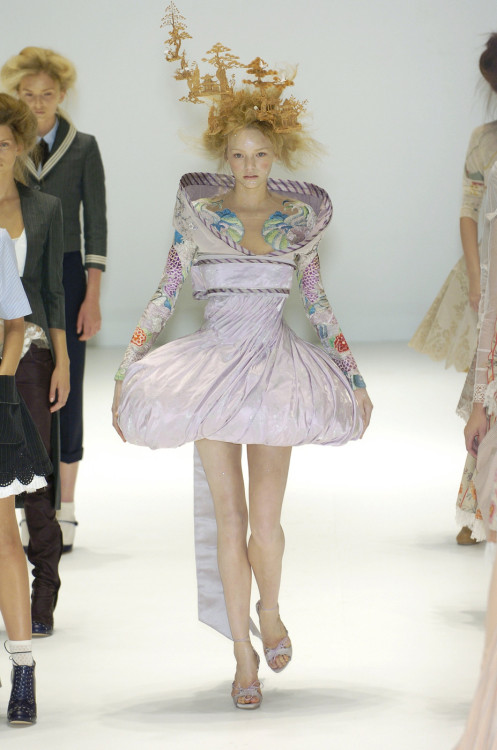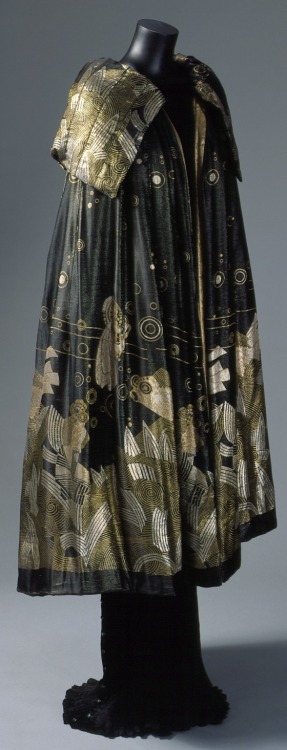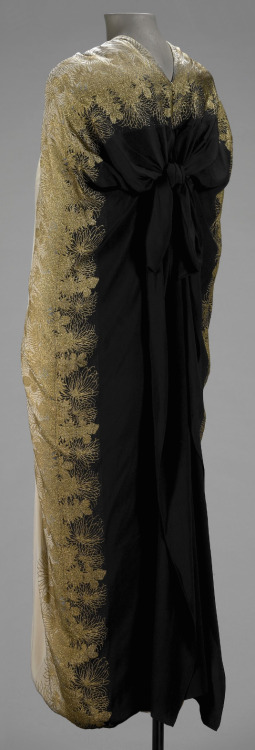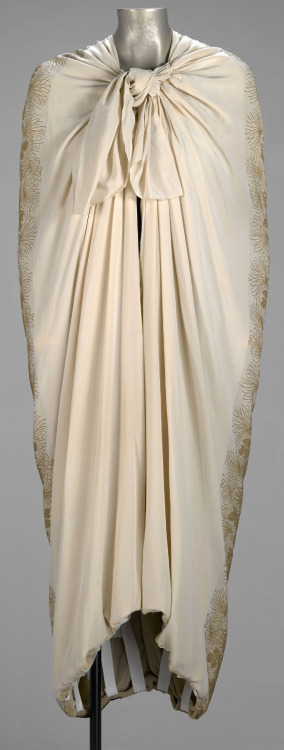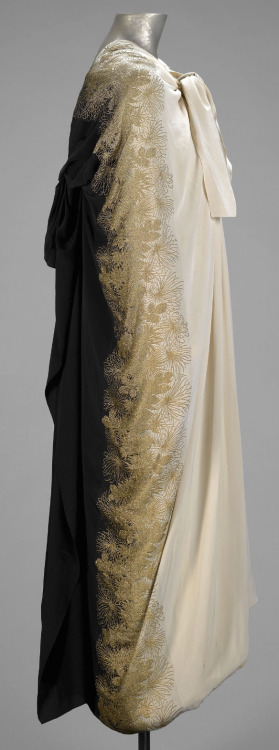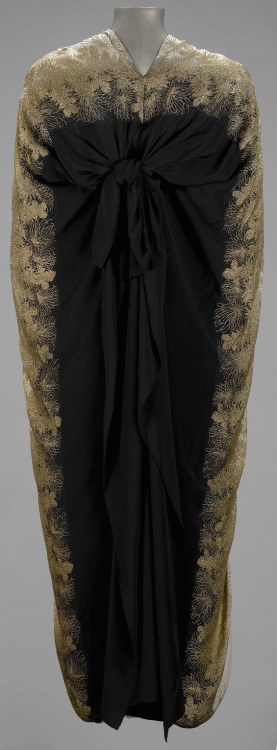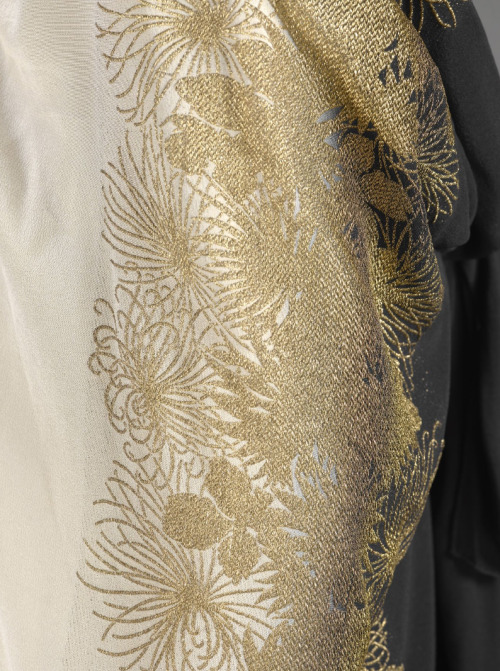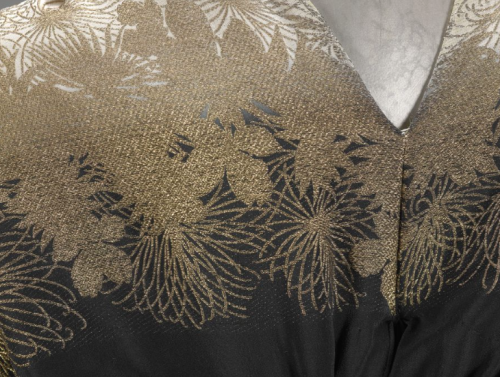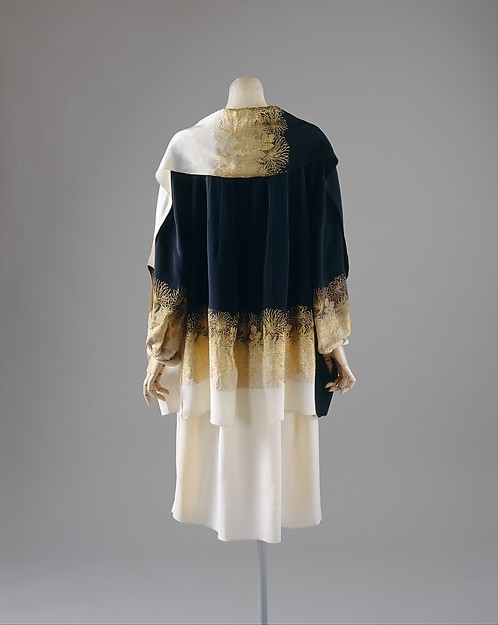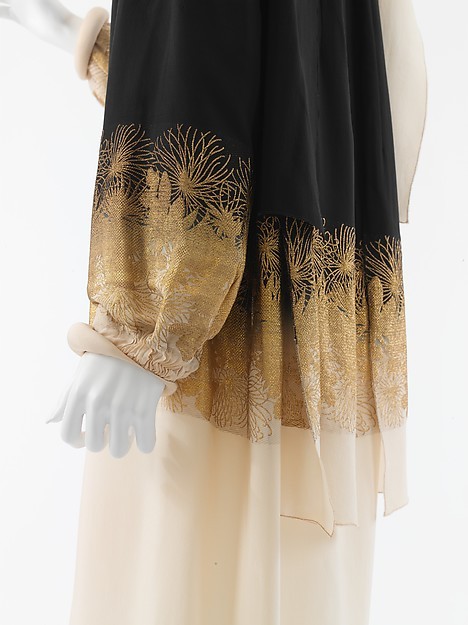#kimono pattern
A commissionned piece inspired by a kimono pattern. Thank you Sophie !
It’s been a while since I last used my gouache, I dearly missed it ! (also messed around with this gold gel pen woops, couldn’t help it)
Post link
Boys padded Kimono
Late Meiji period (1880-1912)
A padded silk boys kimono featuring motifs of tethered falcons. A rarity: there are various tufts of golden-yellow silk purposely placed at various locations on the kimono, perhaps intended to ward off evil demons. 35" from sleeve-end to sleeve-end x 39" height. Tethered falcons are a rare motif on Japanese textiles. Falcons were revered for their ferocity, regal quality, and directness of action, and symbolized the soul of the owner. As the visibility and popularity of falconry grew during the Edo period many falcon-related paintings were commissioned by samurai and other nobility: images of the hunt and especially portraits of favored individual birds depicted tethered to a stand.
Post link
Ensemble
‘It’s Only a Game’
Spring/Summer 2005
Alexander McQueen
Dress and obi-style sash of lilac and silver brocade; jacket of lilac silk faille embroidered with silk thread; top of nude synthetic net embroidered with silk thread.
Andrew Bolton: McQueen designed the 2005 collection It’s Only a Game around the idea of a chess match between America and Japan. Each ensemble corresponded to a particular chess piece.
The queen wears a short, thigh-high dress, which is wide at the hips, a silhouette based on the eighteenth century. A kimono collar, obi sash, and an undershirt beautifully embroidered to look like tattooing are all drawn from Japanese culture. Next to her, the king appears as an American football player, with shoulder pads and a helmet covered in Japanese tattooing.
In the runway show, the models moved as if they were pieces in a life-sized chess game, an idea inspired by a scene from Harry Potter. Taken as a whole, the collection revealed McQueen’s remarkable ability to look across cultures for inspiration.
In McQueen’s Words
“[In this collection] the idea of the chess game meant that we looked at six different types of women, women on opposing sides. We had the Americans facing the Japanese and the redheads facing the tanned Latinos.”
Another Magazine, Spring/Summer 2005
Sources:|1|2 |4|5|6|7|8|9|
Text:Met Museum
Video:EditedfromYoutube
Post link
Evening Coat
Liberty & Co.
1925
Orange silk rayon jacquard with yellow chrysanthemum pattern; cuffs, front opening and hem in gold rayon; collar of beaver.
Images and text taken from the book:
Fashion: A History from the 18th to the 20th Century, Kyoto Costume Institute, pgs 446-447.
Post link
Evening Cape
Gabrielle ‘Coco’ Chanel
House of Chanel
1927
This evening cape is constructed of two 45-inch-wide lengths of silk crepe sewn together vertically and then ingeniously gathered and knotted to form a cape. The color of the silk crepe changes from black to cream, with metallic brocade covering the transition area. The influence of Japanese art is evident in the construction and drape of the cape and the use of the chrysanthemum motif. Chanel combined Art Deco aesthetics along with East Asian forms and techniques to create a critically modernistic look.
Post link
Coat
House of Chanel
Gabrielle ‘Coco’ Chanel
1927
The convergence of Art Deco line, the modernist impulse to facilitate pure form, and Japonisme’s potential to offer a vocabulary of untailored wrapping shapes was more than fortuitous. Chanel uses a French ombré textile with pattern sources from the Japanese kimono but brings to it the ethos of chaste minimalism. As Western fashion designers discovered from the East that untailored lengths of fabric could constitute modern dress, the cylinder and the textile plane became the new forms for apparel.
(Last two image’s source 1|2)
Post link
Evening Coat
House of Chanel
Gabrielle ‘Coco’ Chanel
1927
Silk jacquard patterned with black and green graduation and gold chrysanthemum motif; matching tie-collar; two panels at back; wadded sleeve hems.
The chrysanthemum had often appeared as a fashionable motif sine the latter half of the nineteenth century. The textile with woven chrysanthemums in Japanese makie-like (gold lacquer) style represents the taste of Art Deco. The soft wadded cuffs are similar to the kimono’s fuki (wadded hem) in style.
Images and text taken from the book:
Fashion: A History from the 18th to the 20th Century, Kyoto Costume Institute, pgs 448-449.
Post link
Dinner Dress
House of Worth
Charles Frederick Worth
Jean-Philippe Worth
1890-95
At his shop, Worth fashioned completed creations which he then showed to clients on live models. Clients could then order their favorites according to their own specifications. This method is the origin of haute couture. Worth designed gowns which were works of art that implemented a perfect play of colors and textures created by meticulously chosen textiles and trims. The sheer volume of the textiles he employed on each dress is testimony to his respect and support of the textile industry. Worth’s creative output maintained its standard and popularity throughout his life. The business continued under the direction of his sons, grandsons and great-grandsons through the first half of the twentieth century.
(Silk Dress with morning glory motif.)
Post link

